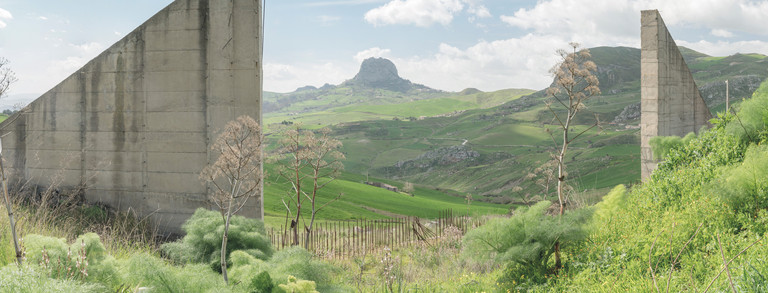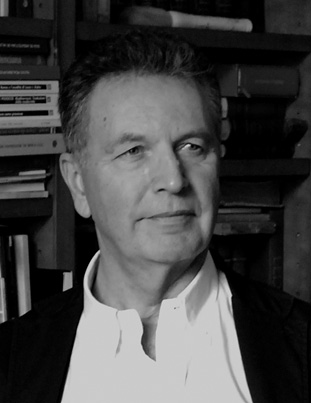
You are here:

Giuseppe Strappa is a designer architect and Senior Professor at RomeUniversity “Sapienza”, Faculty of Architecture where he actually teaches Urban Morphology and Design. As Full Professor he has held Architectural and Urban Design courses in the Faculties of Architecture in Rome, in Politecnico di Bari, in Laval University in Quebec. He was director of the Scienze dell’Architettura Phd school in La Sapienza. As an architect he has won a number of architectural design competitions. He has built works in Rome and Terniand participated in numerous national and international competitions, winning, as group leader. He is Director of U+D (Urbanform and Designmagazine) and President of Isufitaly, scientific society devoted to the study of urban form. On the theme of urban form, starting next June 20, he is organizing the ISSUM summer school.

From Piranesi to the Post-Covid City The end of the organic urban space?
The paper intends to address the theme of a modern city derived from the traditional one by dissolution of the original organicity, an idea which has always found an exemplary case study in Rome interpreted as an aggregation of objects. A very evident example is Giovan Battista Piranesi's reading of Rome as a city of fragments. His Ancient city was formed of autonomous elements, each with its own orientation and its own internal structure. A collage of self-sufficient objects. The 'informal' interpretation of Campo Marzio was a modern city , the beginning of the crisis of the urban project as a concluded form. Piranesi's Rome was , in fact, an extraordinary legacy to the modern architects indicating a way to read the city by parts. The method was extensively reused in the second half of the XX century: the ancient city as an anti-organic text open to any interpretations. Colin Rowe's Collage City was the most obvious heir to the Piranesian ideas. It was a reference for generations of architects introducing to the idea of the contemporary city read and designed as an open form. Aldo Rossi too joined this post-modern idea of the end of an organic city “Everybody can rediscover himself in fixed and rational elements, in his own history”. The post-covid city has accentuated the trend towards fragmentation by replacing the shared urban space with the virtual one, that of online exchanges, while public places are progressively privatized.
